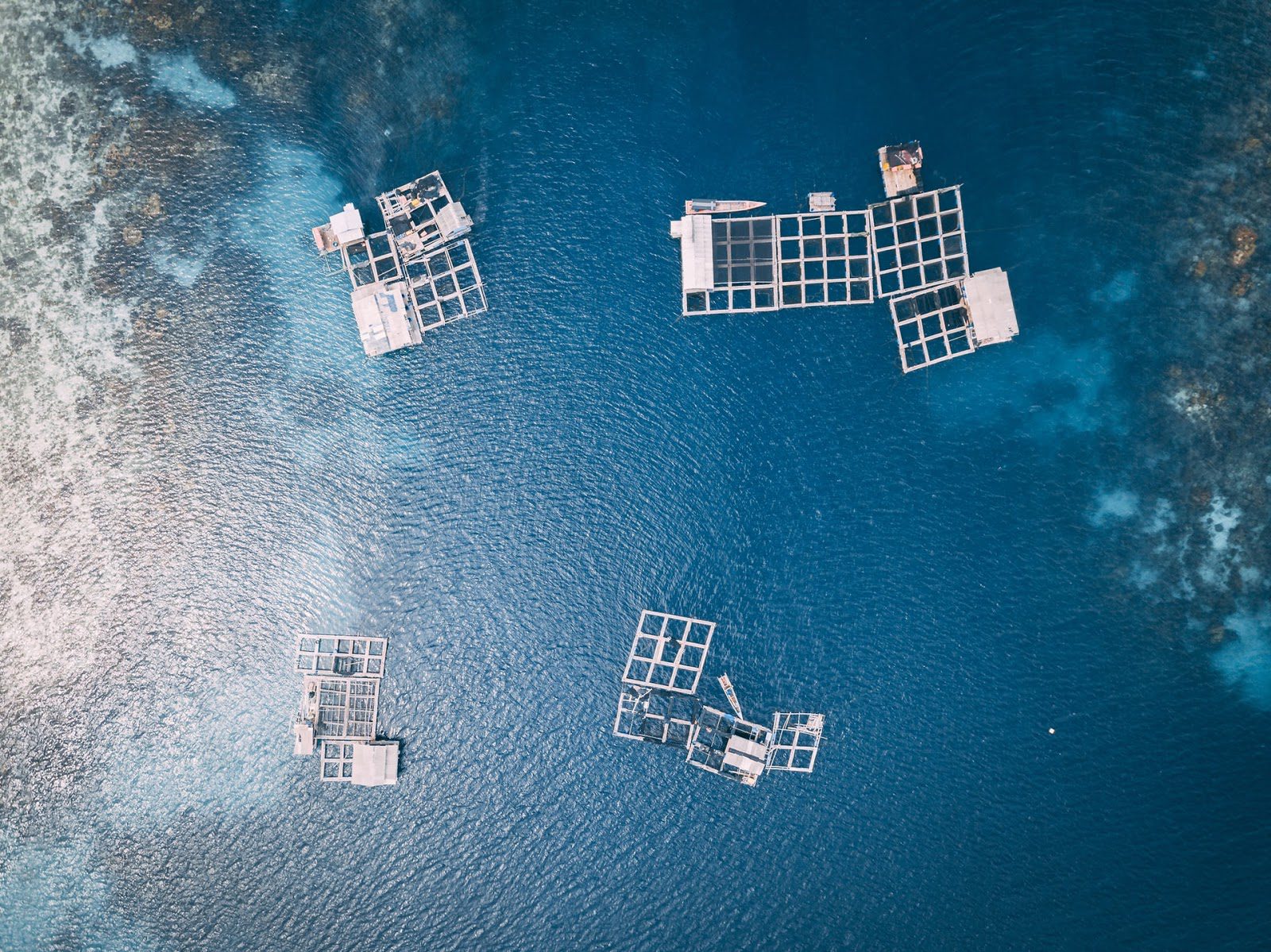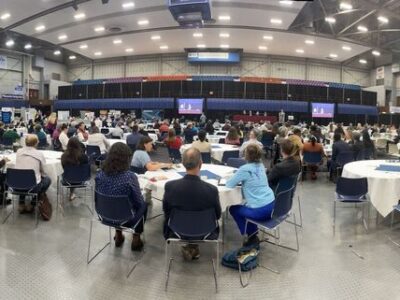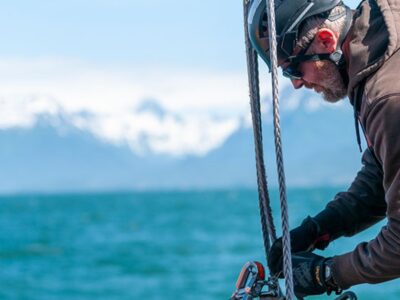North Carolina is taking the lead in American aquaculture, with a growing industry set to top more than $60 million in net worth this year. Also known as mariculture, aquaculture is the production or culture of any living water resource, including fish, plants, algae, and mollusks. It’s a $2 billion industry in the United States alone. In the Tar Heel State, aquaculture is dominated by farming fish, soft crabs, clams and oysters in open systems such as ponds as well as higher-yield recirculating aquaculture systems (RAS) farms.
The state’s aquaculture industry is a big part of a sustainable future that secures food resources for the world’s population. Raising aquatic animals for domestic and commercial use is increasing in popularity in a dynamic way. The global market, valued at $164 billion five years ago, is expected to reach $245 billion by 2027, despite a momentary downturn during the COVID pandemic. North Carolina, with its successful shellfish industry on the coast and trout farms in the mountains, is poised to be a vital part of the growth. The North Carolina Sea Grant, North Carolina Shellfish Initiative, and the North Carolina Coastal Federation have recently partnered with the National Oceanic and Atmospheric Administration (NOAA) to further research on the most effective and sustainable ways to farm healthy, nutrient-rich fish and sea life, with hopes of expanding the state’s industry in the most sustainable manner possible. In addition to shellfish, the state is a leading provider of trout, striped bass, tilapia and catfish.
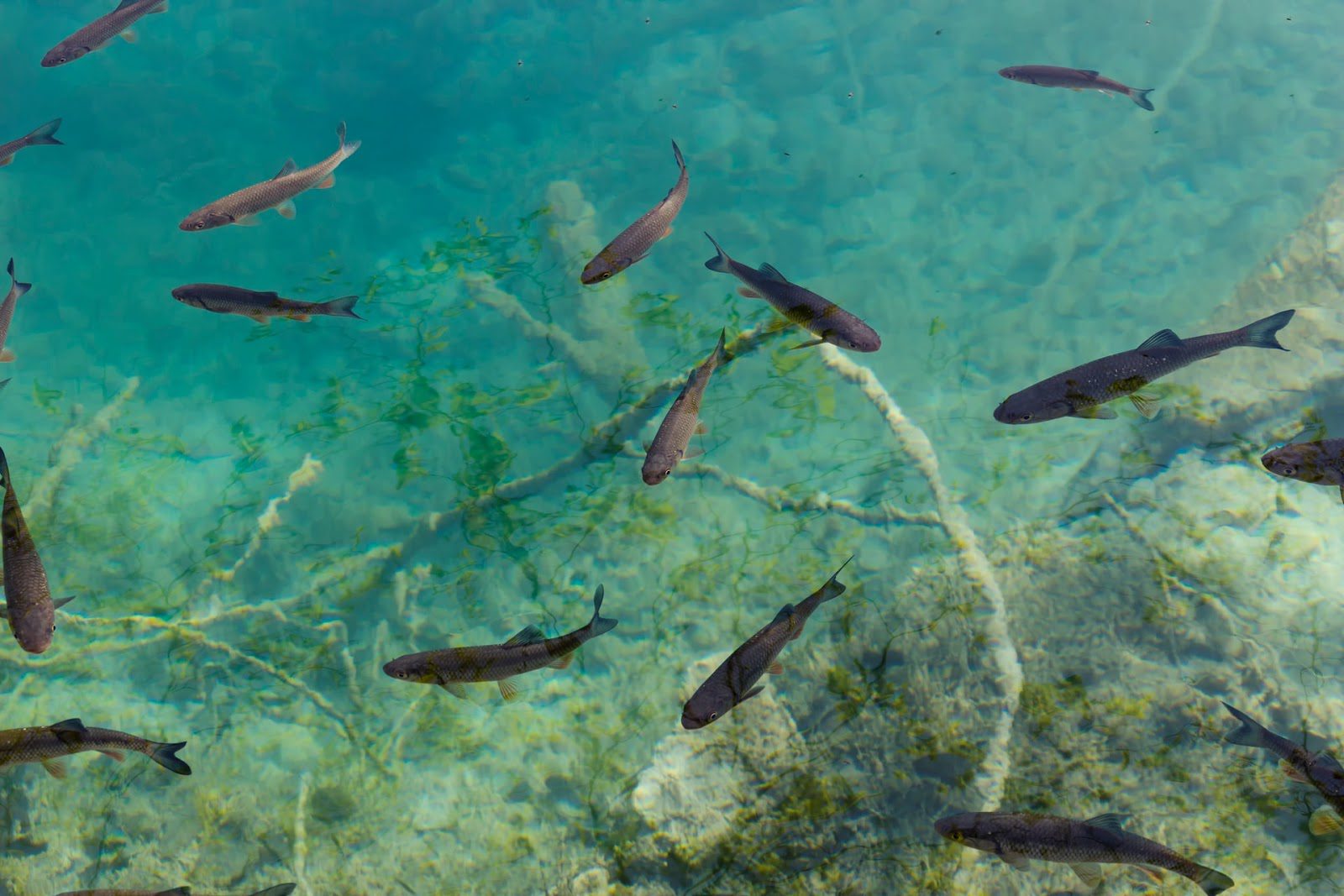
The bulk of aquaculture in North Carolina uses RAS-enclosed systems that are easier to manage than ponds because they continually recycle, filter and reuse the same water. This water reuse is pivotal to a sustainable future. These systems produce fish in much greater quantities than other options and have the adaptable processes designed to increase sustainability and ensure fish health.Over the past 30 years, stocks of wild fish across the world have declined significantly due to both demand and pollution. In fact, demand officially exceeded wild stock in 2000. As the demand for seafood and freshwater fish increases, RAS systems fill that gap. The U.S. imports as much as $15 billion in seafood annually, half of which is farm-raised. Growing our RAS system domestically will be more sustainable and efficient in the long run: the American demand can be readily met, and the supply can help address food shortage and nutrition security worldwide.
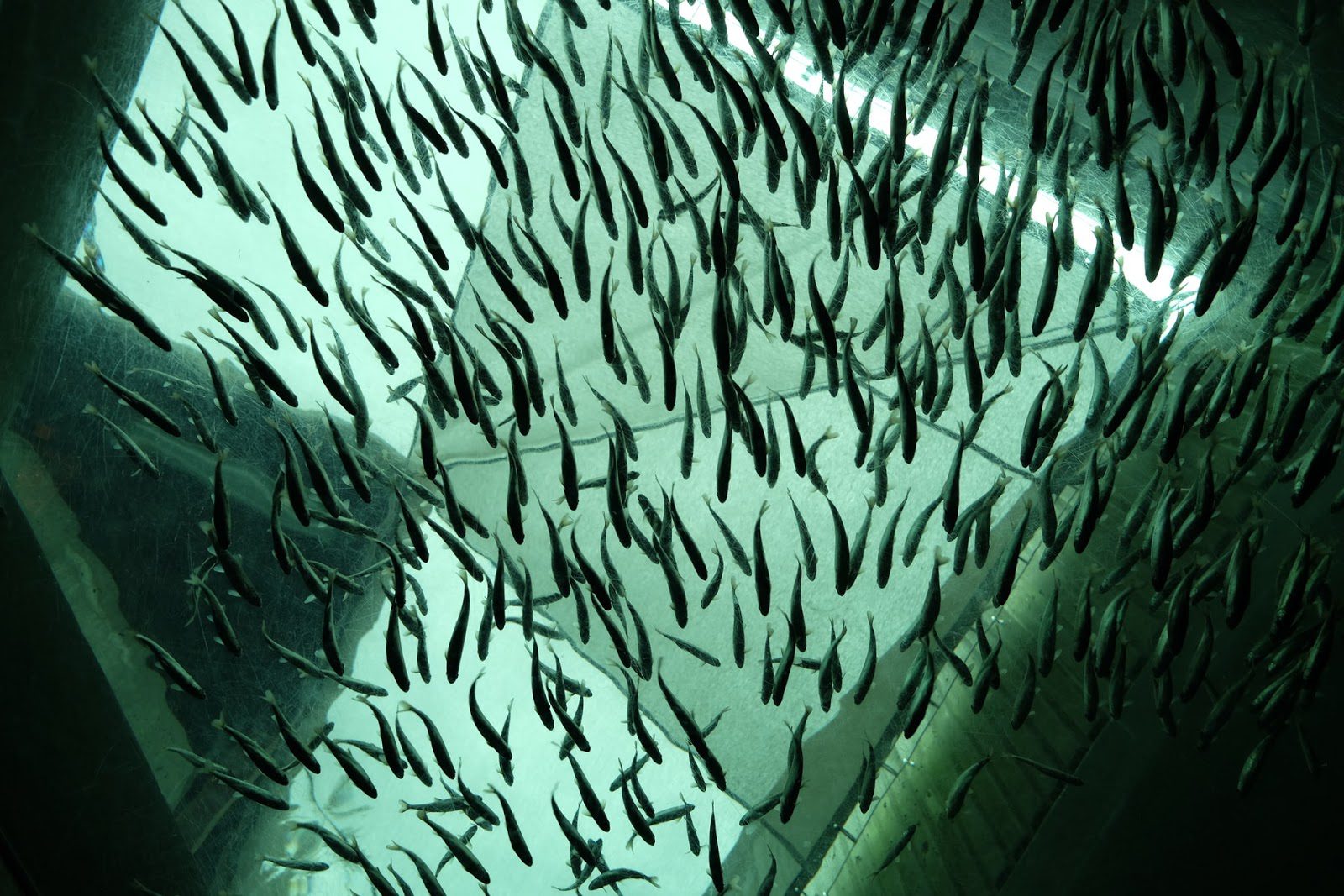
“Aquaculture [is] a practical option to confronting issues related to food security and demand,” said BCC Research analyst Karen Shah, author of the recent report Global Markets for Aquaculture Products. “The total world population is expected to increase during the next 25 years to 9 billion. Food production sectors throughout the globe are struggling to meet the increased demand for food resulting from the increasing worldwide population. Aquaculture could easily help meet this demand while being one of the great sources of healthy food.”
With constant research in waste treatment, feeds, food safety and engineering underway, North Carolina’s aquaculture is certain to become a reliable and sustainable global leader in the industry for decades to come.

